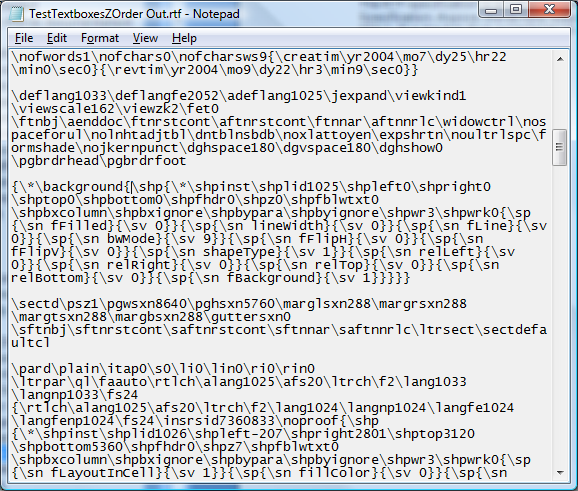
The graphical representation of the CKEditor 5 Data ModelĬKEditor 5 is a good example. That’s the case for RTEs, where we can see a few innovative solutions popping up on the market. The proliferation of JavaScript and the maturity of its developers community, started enabling the development of much more ambitious in-browser solutions. The answer may be obvious and here’s where technology comes to the rescue - it’s the re-birth of RTEs. We raised new experts called “Content Architects”, who are meticulously designing all details for optimized content creation.Ĭonsidering this “evolution”, is it a sane decision to have non-programmers, or “normal people”, to have access to the “source code” of the text they produce? Shouldn’t they be simply focused on writing, having simple tools to intuitively add extra value to their content? Nowadays, we talk a lot about “semantic web” - about accessibility. Especially when we’re talking about CMSs. It is clear already that we’re past the early ages when programmers were creating applications for programmers. The most notorious example is Markdown, but many others are available, like BBCode, Textile and all the variations of Wiki Markup. Markdown and SimilarsĪs a way to mitigate the problems with HTML, lightweight markup languages have been created.

To start off, let’s assume that the old concept that RTEs or WYSIWYG editors are “enemies” is not a concern anymore. Summing up, deciding for the right data format is a non-trivial and critical task. They must be able to understand it and to retrieve the additional value that rich-text provides. Finally, machines, like search engines, may “read” the text.

In a web page, which nowadays must be responsive and adapt to different devices.The fact is that content produced by end-users of our systems can be used in different contexts, for many different purposes. Not taking into consideration the limitations imposed by some markup languages, the most important problem with this is interoperability. After all, we’re developers… introducing new standards fires the natural “why not?” approach. People also tend to bring their own extensions to such markups when implementing their systems, making the problem even bigger. There are dozens of “common” formats out there like HTML, Markdown, BBCode, Textile, XML, TeX, Wiki Markup, etc.


 0 kommentar(er)
0 kommentar(er)
